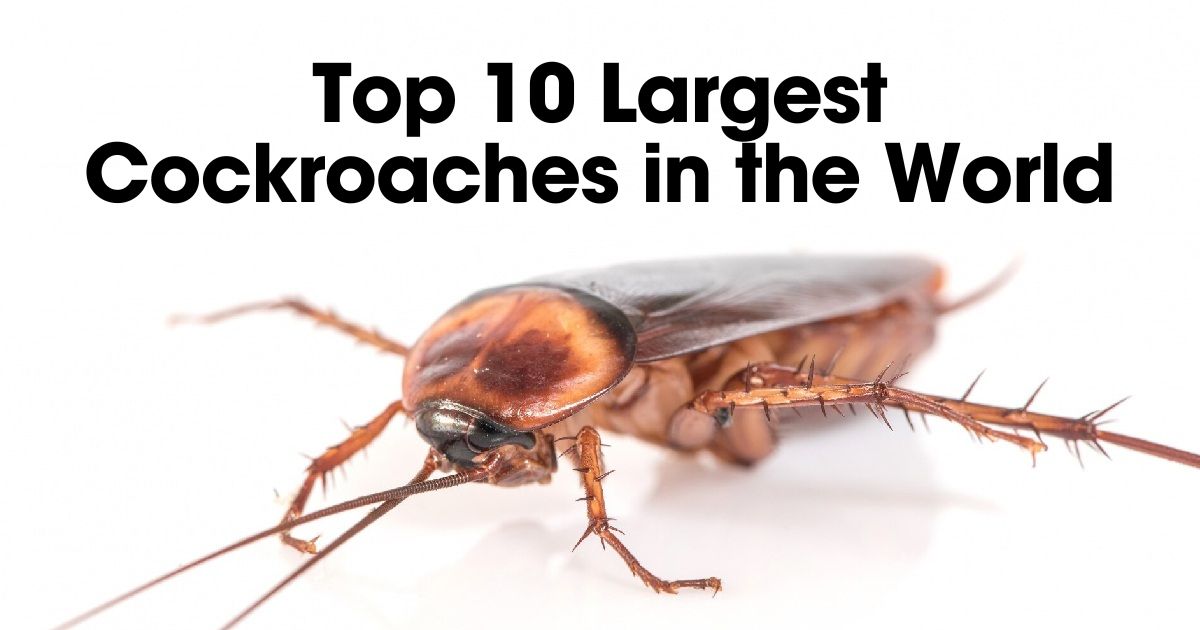Cockroaches are resilient insects that are fascinating, even though they frequently evoke feelings of disgust and dread. Though there are numerous of them, their enormous scale helps you to distinguish some from others. Read about the world’s largest cockroaches and learn about their formal names, average body length, wingspans, and other important facts.
10. Florida Woods Cockroach
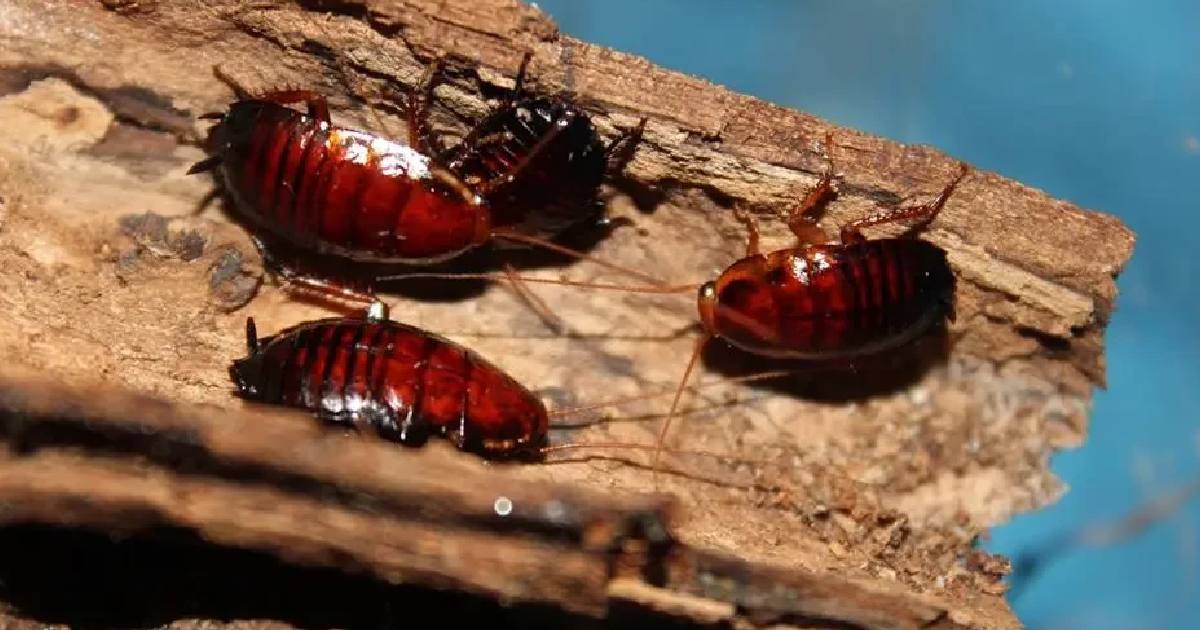
- Scientific Name: Eurycotis Florida
- Body Length: 1.2 to 1.6 inches
- Wingspan: None (wingless)
- Key Features: Wingless with a robust, dark brown body
Florida Woods Cockroaches (Eurycotis Florida) are huge, wingless cockroaches from the southeastern US. They have dark brown characteristics and are 1.2–1.6 inches long. Although other species have wings, they do not have one, which is why they are more reliant on their legs for mobility.
They are commonly found in damp woods and they have the ability to produce a foul-smelling emission to predators when they can sense danger. They may be frightening to people but they have a purpose in the environment. Florida Woods can break down organic matter which in turn helps nature.
9. Smokybrown Cockroach
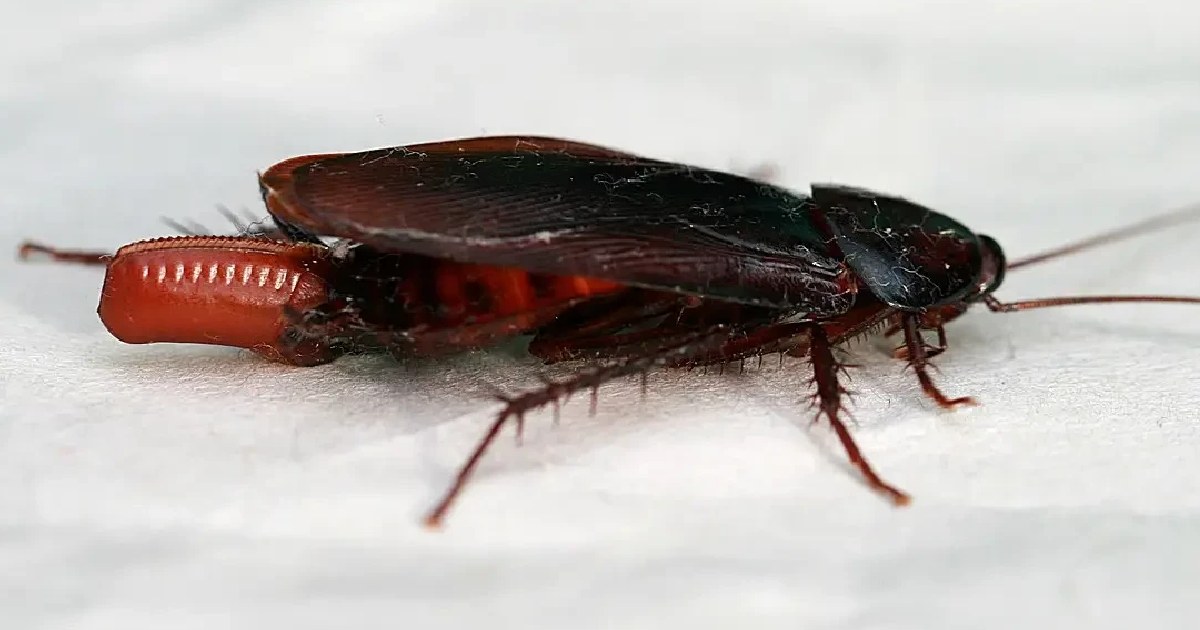
- Scientific Name: Periplaneta fuliginosa
- Body Length: 1.2 to 1.6 inches
- Wingspan: 1.4 to 1.8 inches
- Key Features: Glossy, Excellent fliers
The huge Smokybrown Cockroach (Periplaneta fuliginosa) is glossy dark brown to black. They’re 1.2 to 1.6 inches in length and have 1.4 to 1.8 inches wingspan. They prefer warm, humid regions like the southeastern US, especially amid thick forests.
They are expert in flying and are mostly drawn by light sources in the dark. Wings and flight help them to survive in diverse situations, even residential areas. Thus, the role of these individuals in supporting the ecosystem is vital, particularly in breaking down organic matter and reusing nutrients.
8. Warty Glowspot Cockroach

- Scientific Name: Lucihormetica verrucosa
- Body Length: 1.4 to 1.6 inches
- Wingspan: 1.2 to 1.4 inches
- Key Features: Bioluminescent spots on the thorax
The interesting Warty Glowspot Cockroach, Lucihormetica verrucosa, has bioluminescent dots on its thorax. Cockroaches with wingspan 1.2 to 1.4 inches measure 1.4 to 1.6 inches. These Central and South American natives like damp, tropical settings.
They are presumed to transform into a form of mimicry, potentially avoiding predatory organisms through matching poisonous beetles. They are extremely uncommon and remain of great interest to researchers who investigating bioluminescence and imitation in insects. Furthermore, they have a distinct form and intriguing actions which distinguish them from other cockroach species.
7. American Cockroach
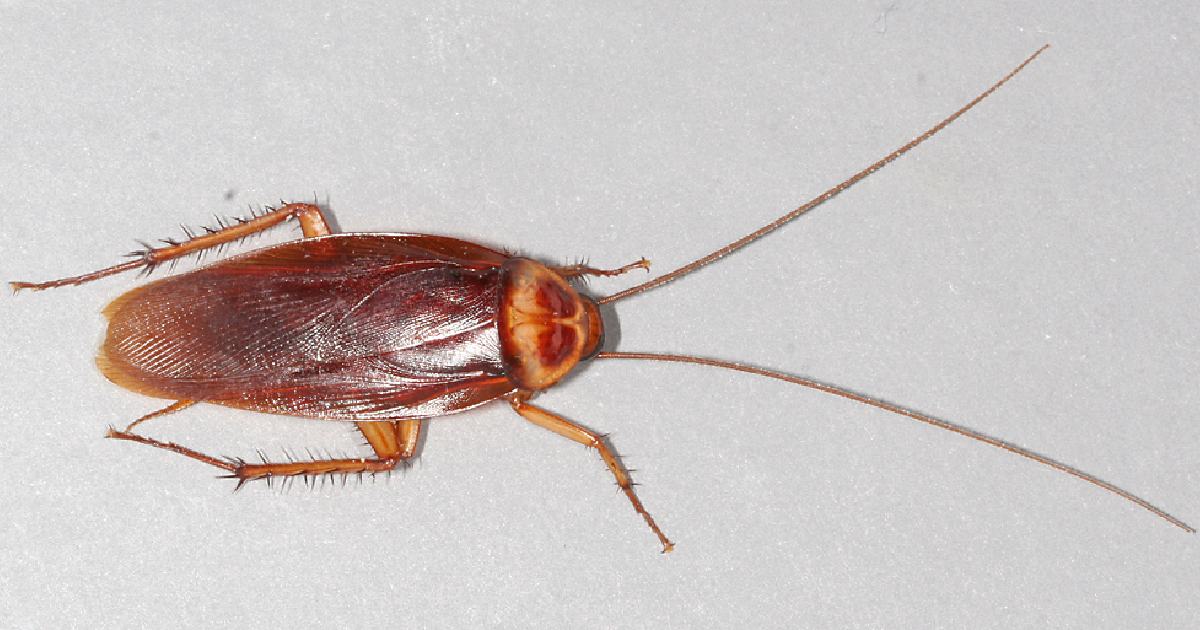
- Scientific Name: Periplaneta americana
- Body Length: 1.4 to 2.1 inches
- Wingspan: 2.8 to 3.3 inches
- Key Features: Reddish-brown with a yellowish margin behind the head
The American Cockroach, scientifically known as Periplaneta americana, is one of the largest and most well-known cockroach species. These insects can reach body lengths of 1.4 to 2.1 inches and have a wingspan ranging from 2.8 to 3.3 inches. They are easily recognizable by their reddish-brown and the yellowish margin behind their heads.
American cockroaches may be found all across the world, although they are most prevalent in warm areas. They are widespread pests in homes and business structures because to their quick mobility and ability to fit through small holes. By decomposing rotten substances, American Cockroaches aid the environment despite their notoriety.
6. Death’s Head Cockroach
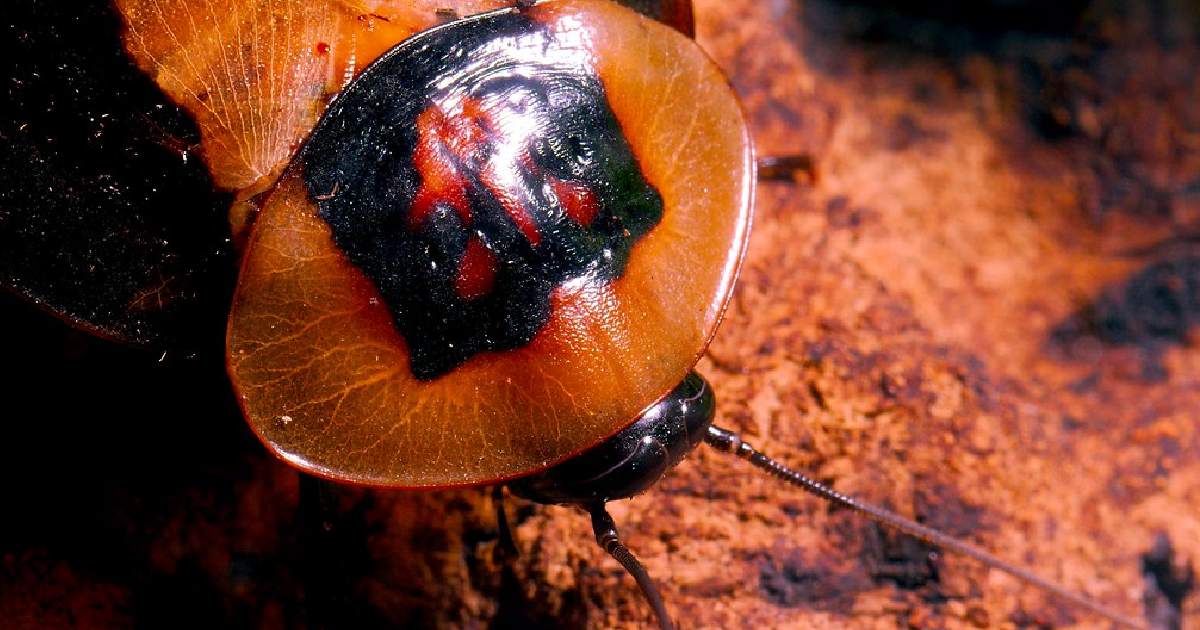
- Scientific Name: Blaberus craniifer
- Body Length: 1.6 to 2.0 inches
- Wingspan: 3.0 to 3.5 inches
- Key Features: Distinctive skull-like pattern on the thorax
The Death’s Head Cockroach, scientifically known as Blaberus craniifer, is a large and distinctive cockroach species found in Central America and the Caribbean. These cockroaches measure between 1.6 to 2.0 inches in body length and have a wingspan ranging from 3.0 to 3.5 inches. They are easily recognizable by the skull-like pattern on their thorax, which gives them their ominous name.
Death’s head Cockroaches has its wings and are capable of flying at short ranges, however, they move mainly with their legs. They inhabit dark, wet places like tunnels and forest surfaces, consuming on decayed substances. Regardless of their ominous look, they are safe to people and manage an essential function in the ecology as decomposers.
5. Trinidad Bat-Cave Roach
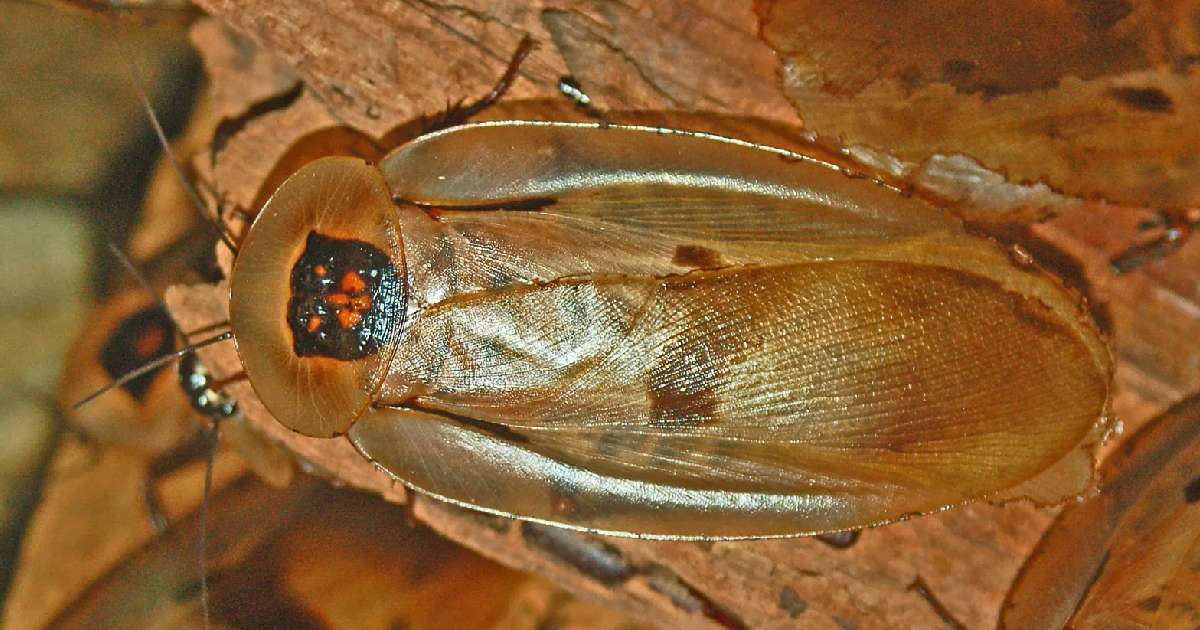
- Scientific Name: Blaberus giganteus
- Body Length: 2.0 to 4.0 inches
- Wingspan: 3.5 to 4.5 inches
- Key Features: Capable of sustained flight
The Trinidad Bat-Cave Roach, also known as Blaberus giganteus. It is one of the biggest cockroach species, reaching 2.0 to 4.0 inches in body length and 3.5 to 4.5 inches in wingspan. These impressive insects are found in caves and humid forests throughout Central and South America, particularly in Trinidad.
Trinidad Bat-Cave Roaches are known for their large size and glossy brown. They navigate dark, damp environments well because they can fly. These cockroaches play a crucial role in the ecosystem by feeding on decaying plant material and animal matter, helping to recycle nutrients back into the soil.
4. Madagascar Hissing Cockroach
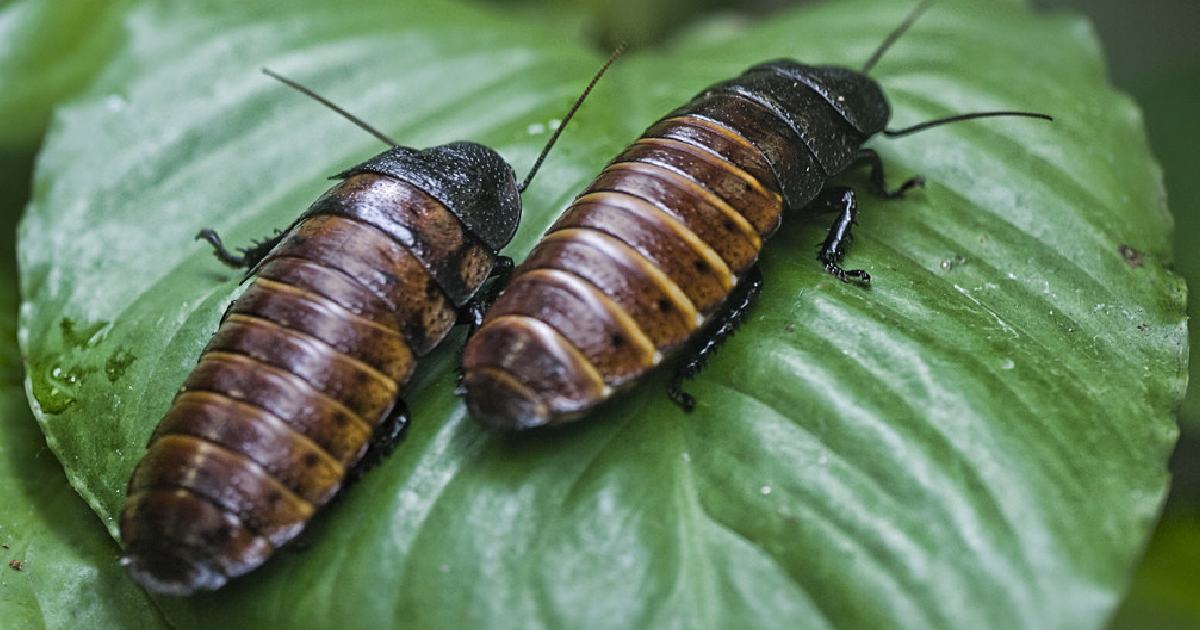
- Scientific Name: Gromphadorhina portentosa
- Body Length: 2.0 to 3.5 inches
- Wingspan: None (wingless)
- Key Features: Robust, wingless body with a dark brown to black
The Madagascar Hissing Cockroach, scientifically known as Gromphadorhina portentosa, is a large, wingless cockroach species native to Madagascar. These cockroaches measure between 2.0 to 3.5 half inches in body length and are known for their unique ability to produce a hissing sound when threatened. This sound is created by forcing air through small openings in their exoskeleton.
The Madagascar hissing Cockroaches are muscular and dark brown to black. They live on forest floors and eat rotting plant detritus. People buy these bugs as pets because they are very big and behave in a unique way. Their scary looks notwithstanding, they are safe for humans and important for the environment as decomposing organisms.
3. Giant Burrowing Cockroach
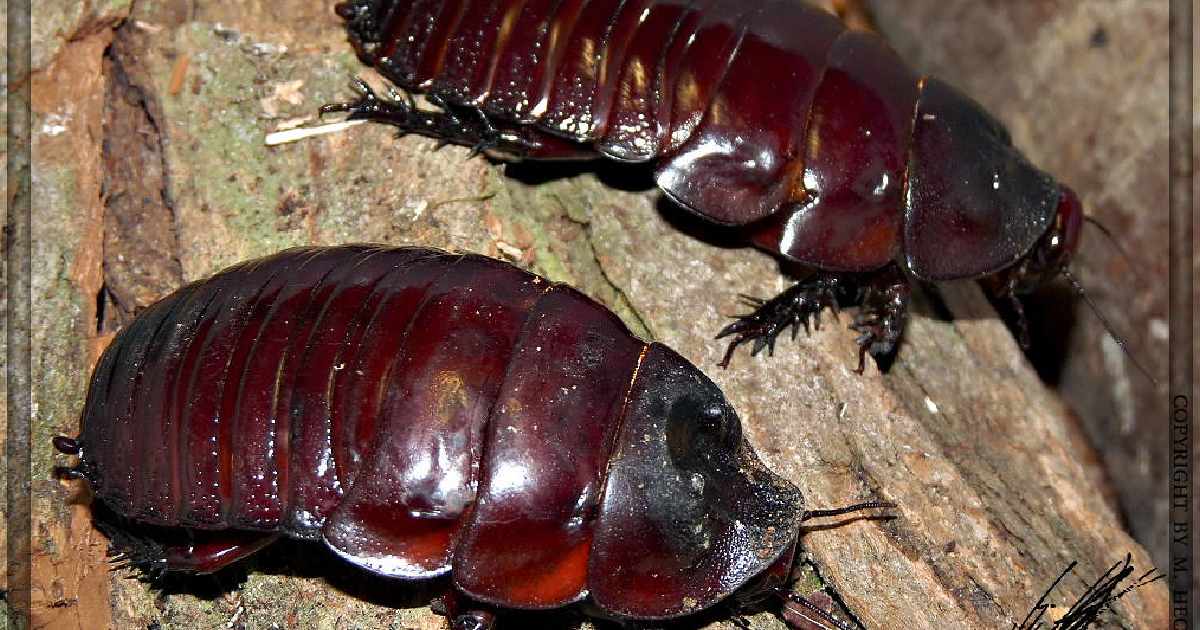
- Scientific Name: Macropanesthia rhinoceros
- Body Length: 2.4 to 3.1 inches
- Wingspan: None (wingless)
- Key Features: Known for its burrowing behaviour, Heavy and robust with a brown
The Giant Burrowing Cockroach, or Macropanesthia rhinoceros, is a large, wingless cockroach species native to Australia. These cockroaches measure between 2.4 to 3.1 inches in body length and are known for their burrowing behaviour. They create extensive burrows in the soil, where they spend most of their lives.
Giant Burrowing A brown cockroach is hefty and muscular. They are very important to the recycling of nutrients in their surroundings because they eat dead leaves and other organic waste. Because of their unusual digging and size, these cockroaches are popular pets. No matter how big they are, they are safe for people and play an important role in breaking down dead things in their native environment.
2. Central American Giant Cave Cockroach
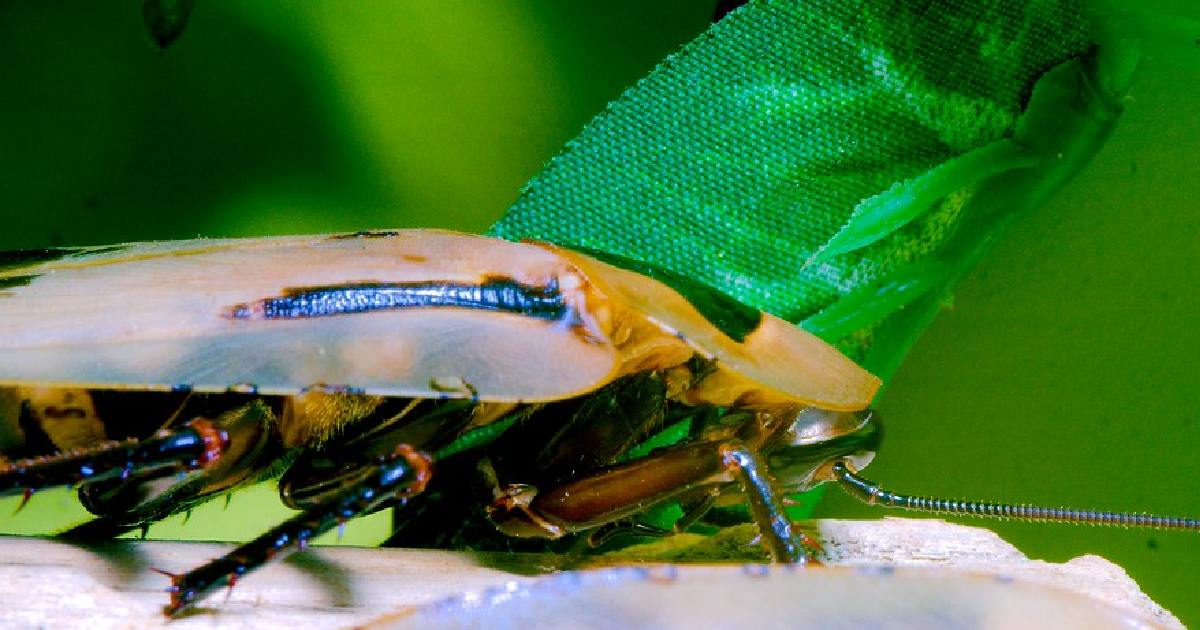
- Scientific Name: Blaberus colossus
- Body Length: 3.5 to 4.0 inches
- Wingspan: 5.5 to 6.5 a half inches
- Key Features: Winged and capable of sustained flights
The Central American Giant Cave Cockroach, or Blaberus colossus, is one of the largest cockroach species, measuring between 3.5 to 4.0 inches in body length with a wingspan of 5.5 to 6.5 inches. These impressive insects are found in caves and humid forests throughout Central and South America, particularly in Central America.
Central American Giant Cave Cockroaches are known for their large size and glossy brown. They feature wings that are capable of flying for a prolonged duration, which makes it simple for their species to reach dark and wet habitats. Through eating on decaying plant and animal materials, these cockroaches recycle nutrients into the soil, sustaining biodiversity.
1. Megaloblatta longipennis
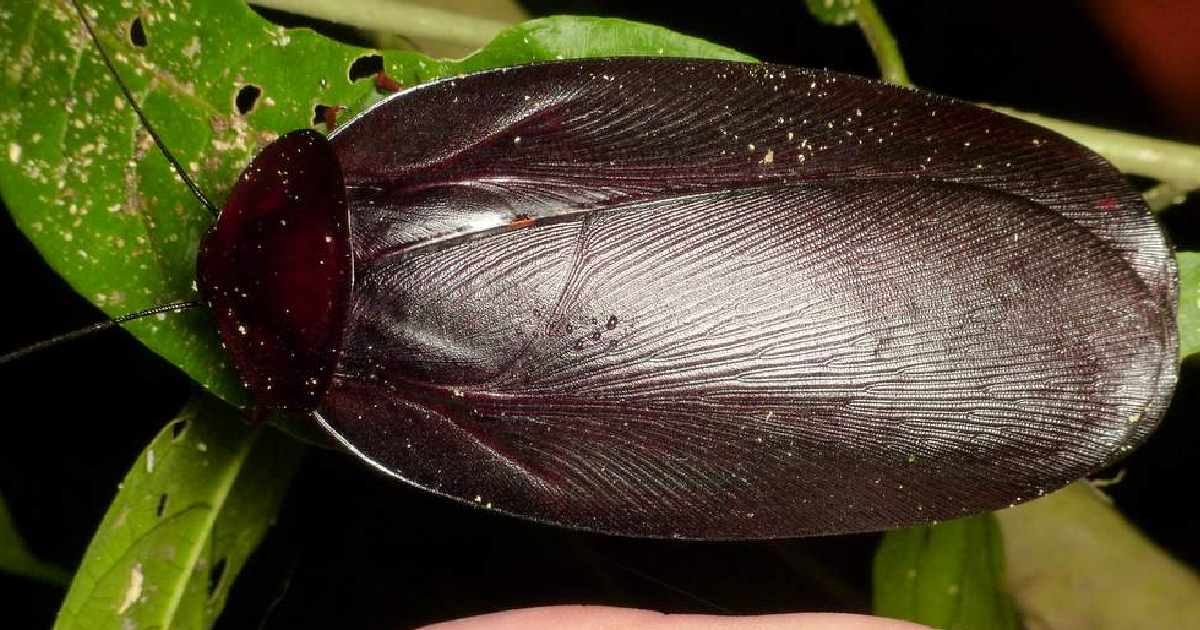
- Scientific Name: Megaloblatta longipennis
- Body Length: 3.5 to 4.0 inches
- Wingspan: 7.5 to 8.0 inches
- Key Features: Large, reddish-brown winged body
Central and South American Megaloblatta longipennis holds the Guinness World Record for world’s largest winged cockroach. These cockroaches have 7.5–8.0-inch wingspan and 3.5–4.0-inch bodies. These cockroaches measure between 3.5 to 4.0 inches in body length and boast an impressive wingspan of 7.5 to 8.0 inches. .
Megaloblatta longipennis is well-known for its fascinating dimension and astonishing ability to take off in distant areas. Such cockroaches can be found in tropical forests, and they survive by consumption of expired foliage as well as organisms. Their remarkable size and surprising wingspan ignite the interest of wildlife biologists and insect enthusiasts at the same time. A preserved female in Yamagata, Japan, by Akira Yokokura is 97 mm (3.8 in) long and 45 mm (1.75 in) wide.
Conclusion
Amazing and fascinating as they may all be, the largest cockroaches in the world each have their own quirks and routines. These cockroaches, from the Warty Glowspot Cockroach’s bioluminescent patches to Megaloblatta’s record-breaking wingspan, show off the insect world’s astounding variety. They recycle nutrients and decompose in their environments, despite their bad image. Learning about and appreciating these remarkable creatures may help us appreciate the complex beauty of nature more fully.
Frequently Asked Questions (FAQs)
What is the rarest cockroach?
The Warty Glowspot Cockroach is also known as Lucihormetica verrucosa. They are mostly found in South and Central America, which intrigues the interests of scientists who study bioluminescence. They have bioluminescent spots that may be perceived as deadly bugs.
What is the maximum size of a cockroach?
The maximum size of a cockroach is 3.5 inches to 4 inches in length and 7.5 to 8 inches in wingspan. This data can be found in the Guinness World Records where Megaloblatta was recognized as the world’s largest cockroach both in length and wingspan. Nevertheless, they are Central and South American cockroaches.
What are the giant roaches called?
The giant roaches are far from the average cockroach ranges which includes the Madagascar Hissing Cockroach, the Giant Burrowing Cockroach, and the Megaloblatta longipennis. They are known for being the giant roaches in the world because they classify beyond the average size of a normal cockroach. These species led scholars to study their unique qualities.
Can cockroaches feel pain?
Whether cockroaches sense pain is unclear, although their neural system can respond to stimuli. It’s more likely that their responses to dangerous things are reflexes than conscious feelings of pain. While they may react to injury, scientists say their experience is not pain.
How big were cockroaches 300 million years ago?
300 million years ago, during the Carboniferous period, were significantly larger than modern species. However, there are similarities to the largest specimen today. In the thick and wet woods of their time, those cockroaches did well. Their muscular bodies and broad wings measure up to 3.5 inches.

